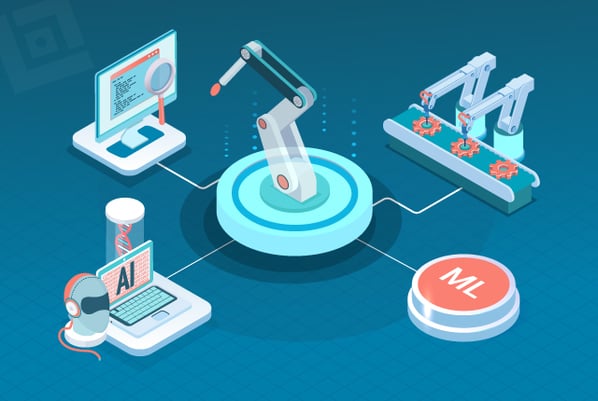
Software testing has evolved from manual/functional testing in the earliest days to the present most popular automation testing. With the rise of AI/ML capabilities, a method of testing has emerged known as autonomous testing. Let's take a brief look at all three stages:
Stage 1 (Manual/Functional Testing)
In this traditional approach, QA engineers are deeply involved in writing, executing, maintaining, and refactoring test cases. This method requires the most human effort and time but offers direct control and insight into the testing process.
Stage 2 (Automation Testing)
This method utilizes scripts and tools, such as Selenium and programming languages like Java or Python, to execute tests. It demands significant initial effort in designing test cases but facilitates time savings through repetitive automated execution.
Stage 3 (Autonomous Testing)
This innovative approach significantly reduces or eliminates human effort in testing. It uses AI/ML technologies to write and execute application test cases autonomously.
How Does Autonomous Testing Work?
- Training: Autonomous testing systems are trained with large datasets to understand application behaviors and testing workflows, gradually learning to replicate human QA behaviors.
- Preparation: These systems undergo beta testing to refine their capabilities and ensure the quality of their testing methodologies.
- Post-Release: After thorough training, these systems aim to operate with minimal human input, streamlining the QA process.
Pros and Cons of Autonomous Testing
- Pros
- Significant reduction in human effort
- Potential for faster testing results
- Cons
- High initial implementation costs
- Possible security risks without human oversight
- Continuous re-training might be required for application updates, leading to further expenses
Case Study: Autonomous Technology in Action
While autonomous testing in software is still developing, an analogy can be drawn from the autonomous vehicle industry. Waymo's driverless taxis, for instance, have been rigorously tested to navigate roads safely without human intervention. These vehicles have sophisticated sensors and software undergoing extensive development and testing to ensure reliability and safety. This example illustrates the potential and challenges of deploying autonomous technologies, including high development costs and the need for continuous improvement and maintenance.
As technology advances, the demand for more efficient and autonomous solutions will likely grow. Autonomous testing represents a significant step forward, promising to reshape quality assurance in the software industry.


Post a Comment